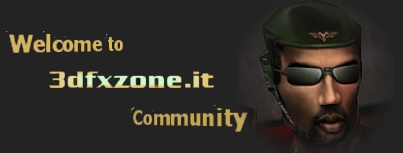TiNDC developper have got started working on plumbing to make Gallium3D work with fixed pipeline card like older nVidia cards (i.e.: cards that have fixed effects like "lightmaps", "dot3 bump-mapping", etc. instead of the modern "write some code in Cg that will do whatever you want").
This could be the perfect target to make a newer Voodoo 3/4/5 driver for Linux. (It's been a long time since the dri freedesktop website mentions that the drivers should be rewritten to be Glide-independant).
Are there still any voodoo developper that might be up to the task ?
dborca ? SFFT ?
It would be cool if our voodoos could still survive as secondary displays on our linux box a couple of years more... (instead of becoming useless junks once all distributions finish transitioning to DRI2 + Gallium3D)
This could be the perfect target to make a newer Voodoo 3/4/5 driver for Linux. (It's been a long time since the dri freedesktop website mentions that the drivers should be rewritten to be Glide-independant).
Are there still any voodoo developper that might be up to the task ?
dborca ? SFFT ?
It would be cool if our voodoos could still survive as secondary displays on our linux box a couple of years more... (instead of becoming useless junks once all distributions finish transitioning to DRI2 + Gallium3D)

